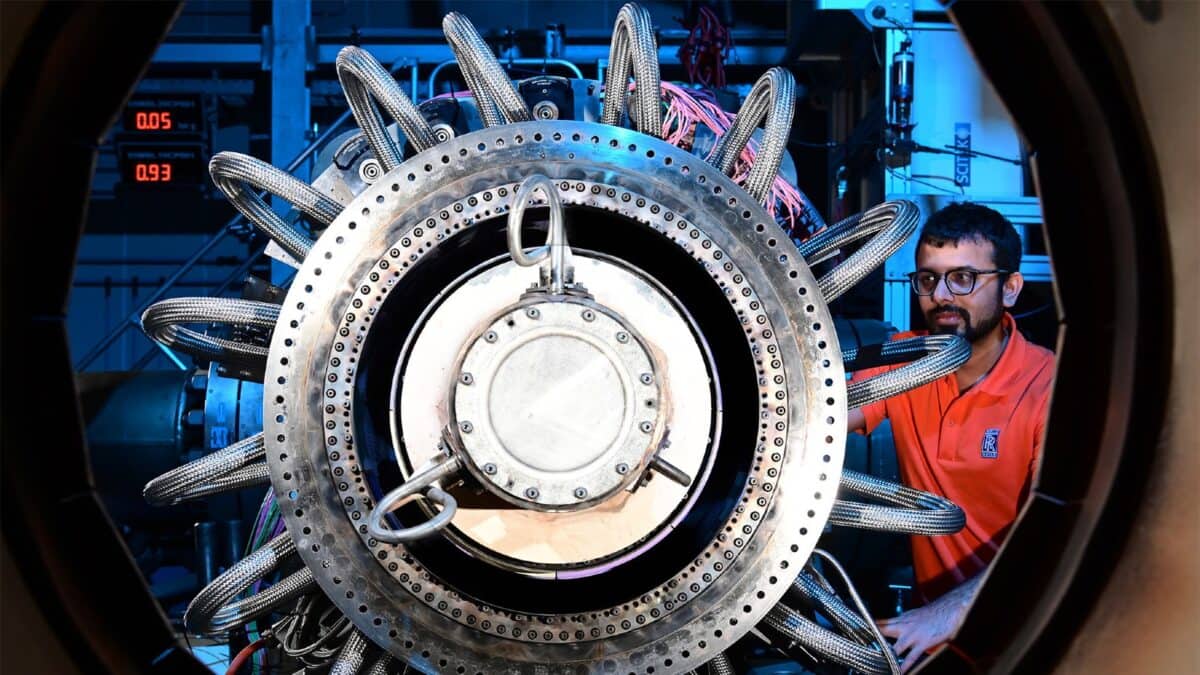I can understand why many UK-focused investors may be apprehensive about the Rolls-Royce (LSE:RR) share price.
That’s because it’s unusual to see a British stock, especially a blue-chip stock, surge more than 200% in a year.
It’s also uncommon for UK stocks to trade with high earnings multiples. Rolls-Royce is currently trading at 29 times forward earnings — that’s more than double the FTSE 100 average.
So, is the Rolls-Royce share price simply a joke?
Investors shouldn’t be put off
I recently read an article in which the author said they wouldn’t buy Rolls-Royce shares because, at 29 times forward earnings, the stock was too expensive.
As far as I’m concerned, this is totally missing the point.
Rolls-Royce looks expensive on this near-term valuation because analysts are expecting it to grow earnings at an industry-topping rate.
Price-to-earnings (P/E) ratios are merely a snapshot in time and do not fully capture the growth potential and future earnings trajectory of a company, notably one with strong growth prospects like Rolls-Royce.
Thankfully, we can use forward earnings predictions to provide more colour.
Earnings per share are expected to reach 14.2p in 2024, before moving up to 17.5p in 2025 and 20p in 2026, eventually hitting 24p in 2027.
In turn, this will see the forward P/E ratio fall to 19 times for 2027.
The all-important price-to-earnings-to-growth ratio also sits at one! A figure less than one tends to suggest the stock is undervalued.
Some analysts suggest that anything under 1.5 signals an undervalued stock.
So, no, I don’t think the Rolls-Royce share price is a joke.
It’s all systems go
Rolls-Royce, from being an embattled company fighting for its life just a couple of years ago, has surprisingly few challenges at this moment in time.
However, one challenge, for the share price at least, may simply be shareholders looking to cash in on their gains.
As such, profit-taking could prevent the share price from pushing higher in the coming months.
However, the business itself doesn’t appear to be facing any headwinds.
Rolls’s Civil Aerospace segment is flying — no pun intended — with margins improving and a significant increase in the Long-Term Service Agreement balance.
This is buoyed by long-term demand trends within the travel industry coupled with Rolls’s focus on expanding margins through things like increased Time of Wing (ToW).
The company’s operating margin rose to 10.3% in 2023, which is more than double the 5.1% seen in 2022. Management is aiming for 13%-15% by 2027.
Defence is Rolls-Royce’s second-largest revenue-generating division. Unsurprisingly, this is also a booming sector with Western nations committing to long-running defence programmes like AUKUS and Tempest.
The bottom line
The bottom line is that investors shouldn’t be put off by surging share prices and high multiples. After all, AI-enabling giant Nvidia looked incredibly expensive a year ago, but it’s up 200% since then.
In short, we may often need to dive deeper and truly explore the value of the opportunity.








